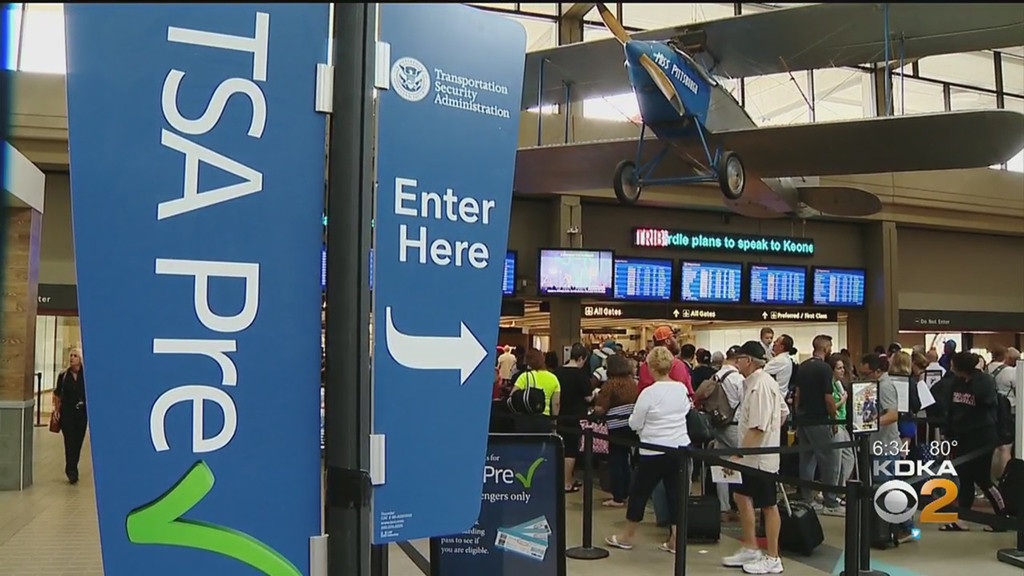
Demand-side Incentives to Mitigate Wait Times at Airport Security Checkpoints
This project developed an analytical model of screening operations at security checkpoints, motivated by problems faced at major airports. The model aims to provide decision-making support for screening operators, as well as strategic insights for the design of screening checkpoints.
The main objectives of the model involve balancing efficiency (wait times mitigation) and risk mitigation objectives in screening systems. The critical trade-off involves determining in real-time the level of scrutiny of the screening procedure, given that faster screening can alleviate queue lengths but impose a higher level of risk in the system while, on the other hand, more conservative screening can achieve higher security but creates longer wait times.
Engaging with the Pittsburgh International Airport to evaluate the opportunity to conduct a case study to help alleviate wait times at security checkpoints was at times a challenge because of getting access to the data. When data. Is made available from the TSA, this project can lead to a follow-up study to implement this field experiment at PIT, and assess the impact of the various interventions on passenger behaviors and security wait times.
The project helped inform the Heinz Capstone project led by Professor Ari Lightman which looked at security/TSA wait times and its impact on overall passenger experience, as described in this article describing CMU’s partnership with the Pittsburgh Airport.
Principal Investigator: Prof. Alexandre Jacquillat, Heinz College (now at MIT)
Deployment Partner: Pittsburgh International Airport
